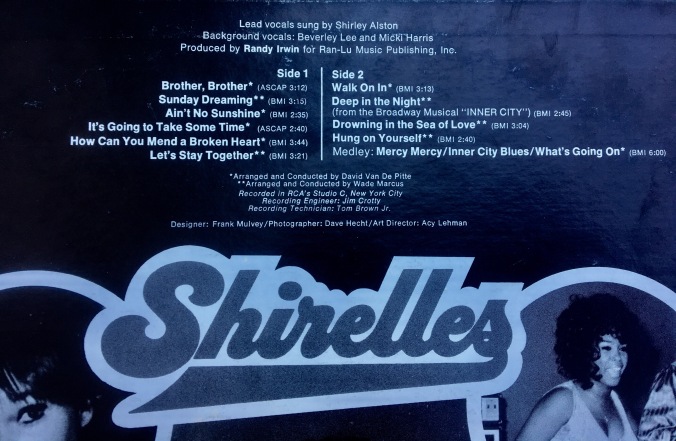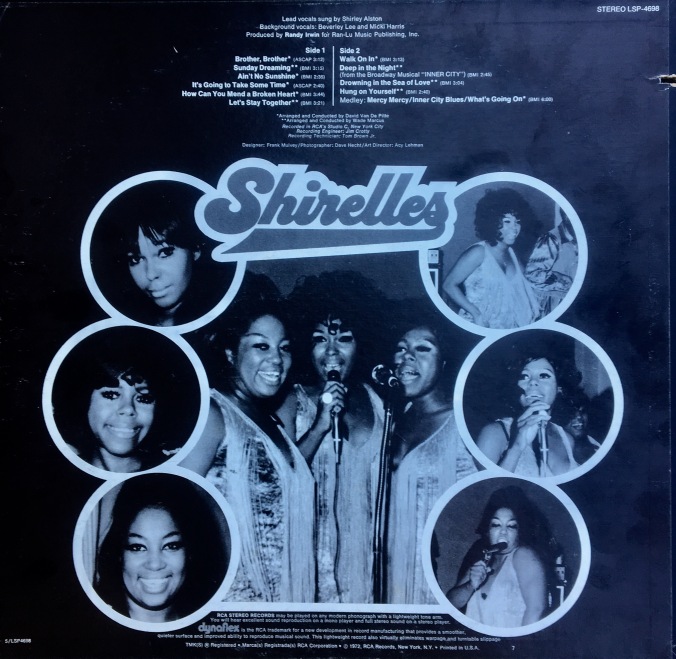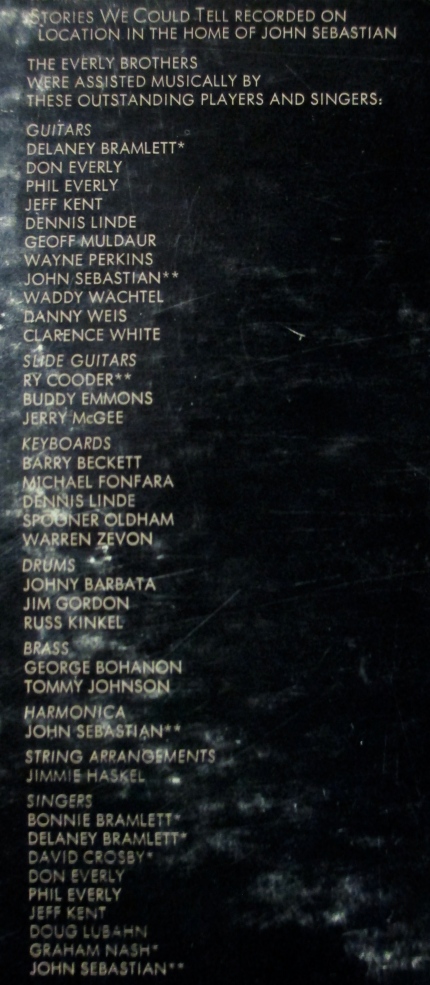johnny nash
Johnny Nash
Hold Me Tight
JAD 1207
1968
Rating:**** (Recommended)
Nash is mostly known for bringing reggae to the mainland with his 1972 #1 hit “I Can See Clearly Now,” but his career went back to the 50s, and this 1968 offering played a part in bringing reggae to the States years before his #1 hit. The title track was a transatlantic #5 on the pop charts (#21 on U.S. R&B charts).

Of course, Nash was from Texas and reggae wasn’t a category known by most Americans at this time or even when they listened to his 1972 hit, and most simply saw his records as soul. But this set as much as any of his clearly came from Jamaica’s music traditions. In fact, it was recorded on the island after he’d toured there. While the Jamaica sound runs through the entire set, the songs come from a variety of sources, Sam Cooke (“Cupid”), the Rascals (“Groovin'”), Peter Tosh (“Love” and “You Got to Change Your Ways”), Jimmy Norman (“Don’t Cry”), and others–including Nash himself. This album isn’t great, but it’s enjoyable and has several highlights.
Johnny Nash
Soul Folk
JAD 1006
produced by Johnny Nash and Arthur Jenkins
1969
Rating:**** (Recommended)
Like 1968’s Hold Me Tight, this was recorded in Jamaica, but while the previous album had a reggae sound running through the entire set, this one is best described by the title. It’s a mix of soul and folk.

While the 1968 set found Nash excited about discovering the island sound, here he seems to be settling into the peaceful vibes of the island while staying completely aware of his own mainland roots.

The two-part “You Got Soul” opens and closes this set, and perhaps none of the other cuts stand up to that Nash original, but if you dig the laidback vibe of any of the other songs, you’ll likely enjoy the entire set. It features Nash interpreating Elvis’s “Love Me Tender,” Belafonte’s “Island in the Sun,” Dylan’s “Blowing in the Wind,” a solid reading of Cooke’s “Chain Gang,” as well as some traditional folk songs. If you’re in the mood for some soulful laidback magic, put on this set and let Johnny take you to the islands.
— winch
Johnny Nash
I Can See Clearly Now
Epic 31607
arranged and produced by Johnny Nash
1972
Rating:***** (Good Shit)
After taking a break, Nash returned with this set, and with the hit title track, he became a household name. While others played a part in bringing reggae to the States, nobody played as big of a part as this Texan, and this was the album that delivered the news from Jamaica to the masses on the mainland.

While few likely noticed, this also introduced Marley to America. While Nash wrote the title track, this features musicians from Marley’s outfit, and includes numbers written by Bob, one co-written by Marley and Nash, and while most listeners simply saw this as soul music and wouldn’t know about reggae until a few years later, the success of this album helped pave the way for Marley’s breakthrough in the years that followed.
Fellow Houston man John “Bunny” Bundrick also contributes, offering keyboards and two songs. Bundrick, Marley and Nash had became roommates in 1972, and Bundrick would help Marley with Catch a Fire in 1973.

While Nash recorded some ignored but solid sets before and after 1972, he never quite matched this album. While nothing matches the title track, that number has been overplayed and this album has other stand-out cuts. It’sa consistent set, and in contrast with many reggae albums this offers many variations of the style. It’s essential listening for fans.
— winch
Johnny Nash
My Merry-Go-Round
Epic 32158
produced by Johnny Nash
1973
Rating:**** (Recommended)
With the title track to I Can See Clearly Nowriding high on the pop charts, Nash could have offered a copycat album, but instead he opens this follow-up with the ambitious title track, an 8+ minute swirling carnival ride complete with a children’s chorus and over-the-top arrangements, synthesizers and guitars spiraling up to a climax. If Nash had continued with this for the entire album, it would have been too much, but fortunately, it serves as a long intro to another strong album.

Following the title track, Marley’s “Nice Time” brings the set down to earth, allowing the listener to get her bearings after stepping off the carousel. After that, Nash gets down to some Memphis style soul with “You Better Stop (Messing Around),” Bundrick’s synthesizer making moments sound dated but not enough to interfere with the message. After that, the side remains strong, and the flipside continues the quality, at least until the last cut gets a bit over-the-top. While the album isn’t a copycat of the previous album, it sounds like a progression. Again, it’s mostly a mix of originals by Nash, Marley, and Bundrick, with “Loving You” credited to M. Stevenson.

This album marked a decline in Nash’s popularity, and like the patches on Nash’s jean jacket, the swatches of synthesizer make parts of this set come across as quite dated, but it’s still another near-classic from Nash and his gang, essential listening for fans.
— winch
(author of Kalamazoo: Growing Up Sideways in the 1970s)

































 Beyond the comparisons, this band offers a sound all its own. While they perhaps don’t deliver any cuts that fit into the classic category, there’s more than enough to make this a highly recommended debut album. They deliver plenty of variety and fuse a lot of styles, but manage to create a tight sound and a cohesive set, and they keep it going strong through both sides.
Beyond the comparisons, this band offers a sound all its own. While they perhaps don’t deliver any cuts that fit into the classic category, there’s more than enough to make this a highly recommended debut album. They deliver plenty of variety and fuse a lot of styles, but manage to create a tight sound and a cohesive set, and they keep it going strong through both sides.










